While humanity has suffered 3 years of the COVID-19 pandemic, in a small world, beneath the green grass and forest floor of Texas, a horror also befalls insects, reptiles. and small animals: Crazy Ants.
Not a nickname, it’s an almost official name for American scientists to call ants with nomenclature Nylanderia fulva in Texas. The ants are not native to the United States, but they hitchhiked from Argentina and Brazil into Texas on ocean-going ships.
Immediately after finding a new land, ants Nylanderia fulva has grown wildly.
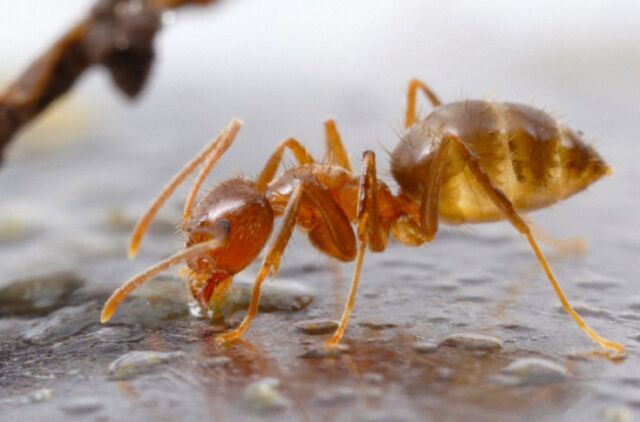

Why is it called crazy ant?
That’s because these little orange-brown ants never move in a line, but run around.
As they go from point A to point B, instead of forming a “thread” throughout, crazy ants will form “rivers“like volcanic lava,” says biologist Ed LeBrun of the University of Texas.It was a horror scene.”
Along the way, the mad ant will attack any creature it encounters, from spiders, scorpions, lizards to snakes. These crazy ants also chase birds out of their nests and have once blinded rabbits.
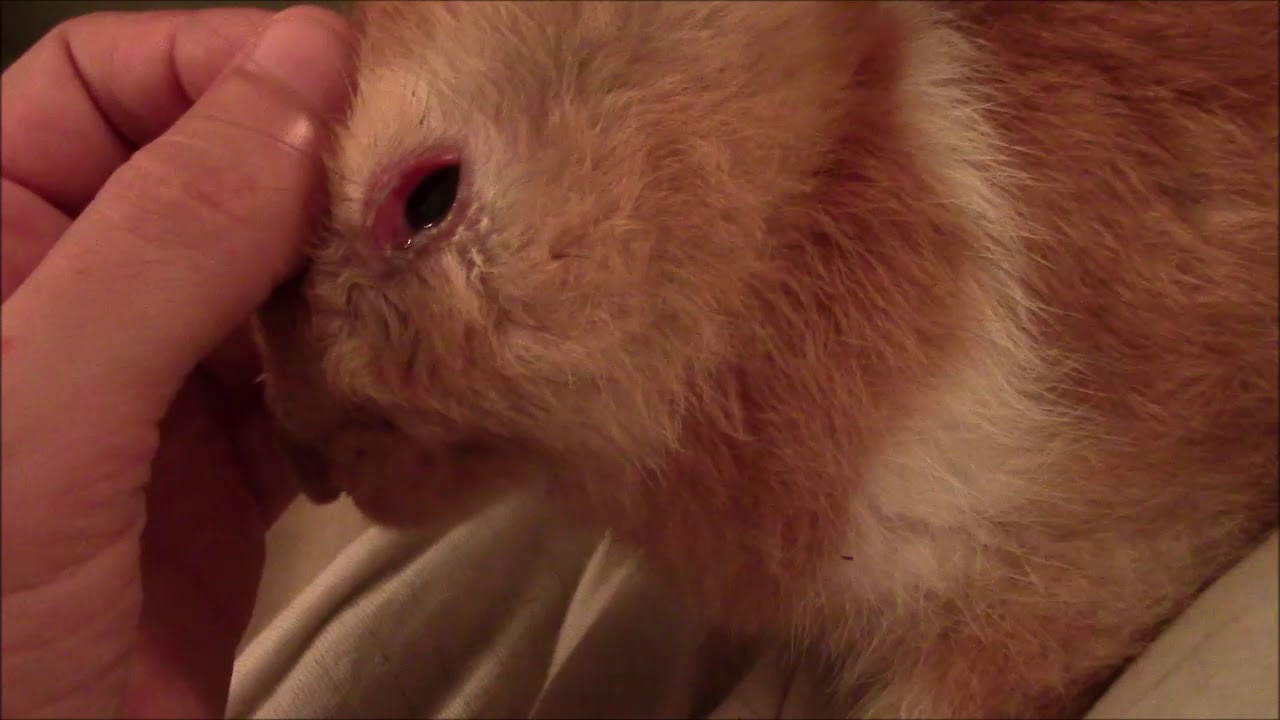
The Texas mad ant kills a spider and blinds a rabbit.
Although the bite of mad ants is not as painful as fire ants, the concentration of formic acid they secrete is equivalent to a dose of venom. In a battle between two species of ants, scientists found that mad ants can use formic acid itself to eliminate 98% of fire ant venom.
With that power, crazy ants are not bored with any animals, including human livestock and poultry. The carcass of a chicken was once found among ants, while cattle were often attacked on hooves, nostrils and the area around the eyes.
Since 2019, when mad ants have spread to 27 Texas counties, biologists have noticed a sharp decline in some local animal populations. Either these animals were forced to flee to another area for refuge, or they became prey for the ants.
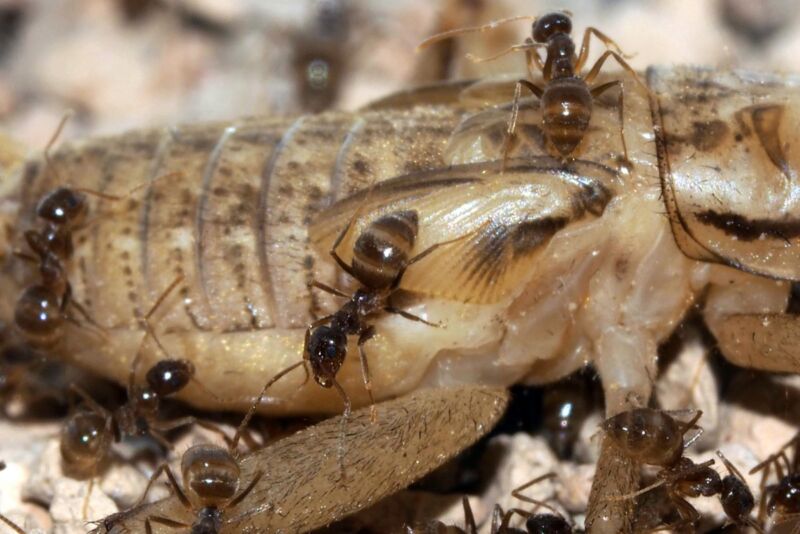
And here is another victim, a cricket.
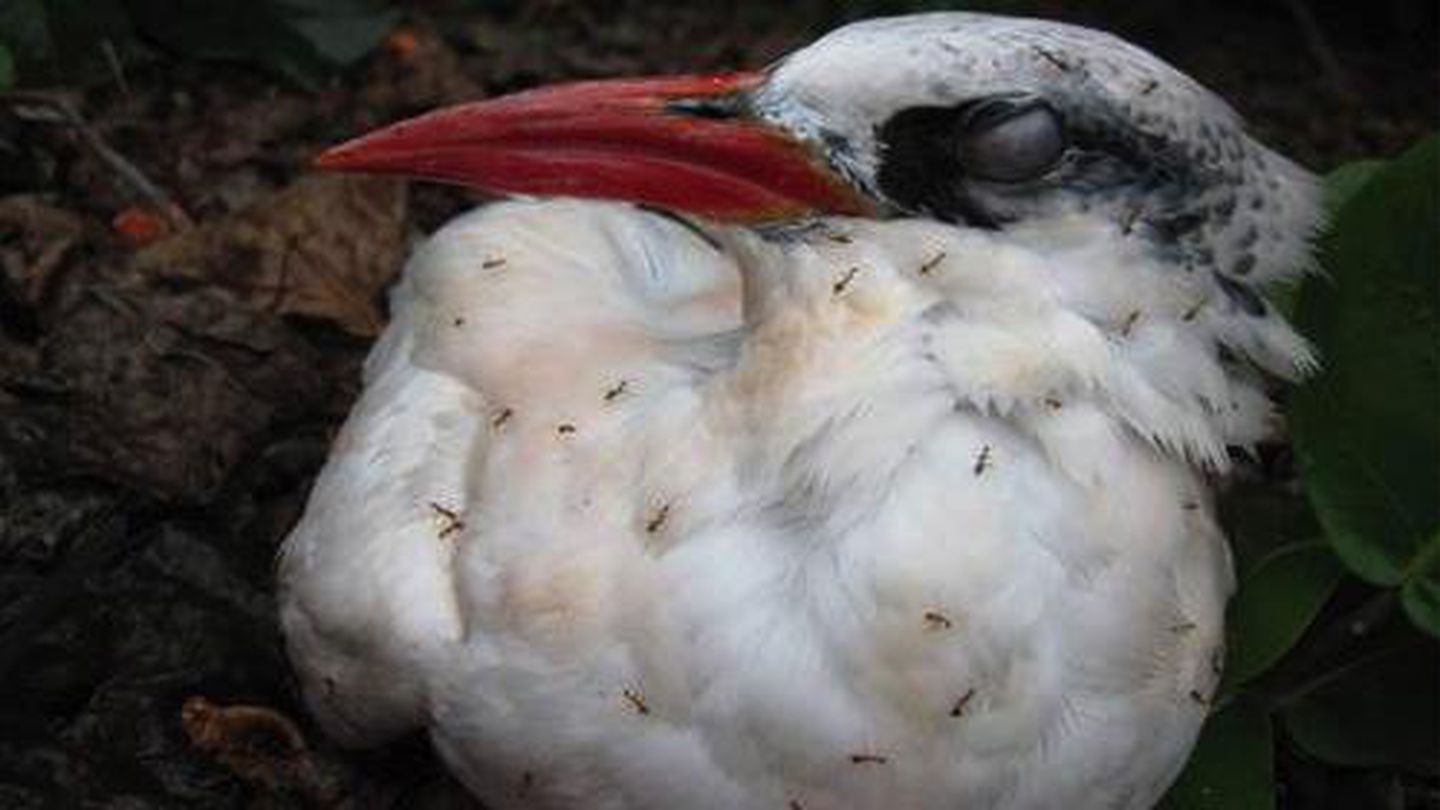
And a bird, mad ants often attack around the eyes of large animals.
“Not only destroying the ecosystem, this ant also messes with human life.”, LeBrun said. For some reason, crazy ants are attracted to electricity. They often nest in human electrical equipment such as sewage pumps or engineering tanks.
There, the ants were able to puncture the insulation, bite the wires, and have repeatedly short circuited circuit breakers and alternators. Conventional attempts to exterminate human mad ants have failed. This ant can avoid traps and is resistant to common insecticides.
So much so, that the US Environmental Protection Agency (EPA) had to specifically let Texas use a broad-spectrum insecticide called fipronil to kill them.
Fipronil can disrupt the central nervous system of insects thereby killing them. But this drug, when used in ecosystems, also carries many risks, including destroying beneficial populations and contaminating human water sources.

Crazy ants nest in an electrical box.
Violent outbursts
However, recently in a study published in the Proceedings of the National Academy of Sciences of the United States, LeBrun announced good news. Accordingly, he and his colleagues at the University of Texas found an effective way to kill mad ants, using a species of fungus called Microsporidia.
In the past, this fungus has infected a number of other ants other than mad ants. But during LeBrun’s eight years of tracking 15 colonies of mad ants in Texas, he noticed that Microsporidia had recently evolved a new genus called Myrmecomorba nylanderiae.
The genus M. nylanderiae can now attack the mad ants by eating the fatty tissue in their abdomens, turning infected ants into spore factories, killing them, and then infecting other ants.
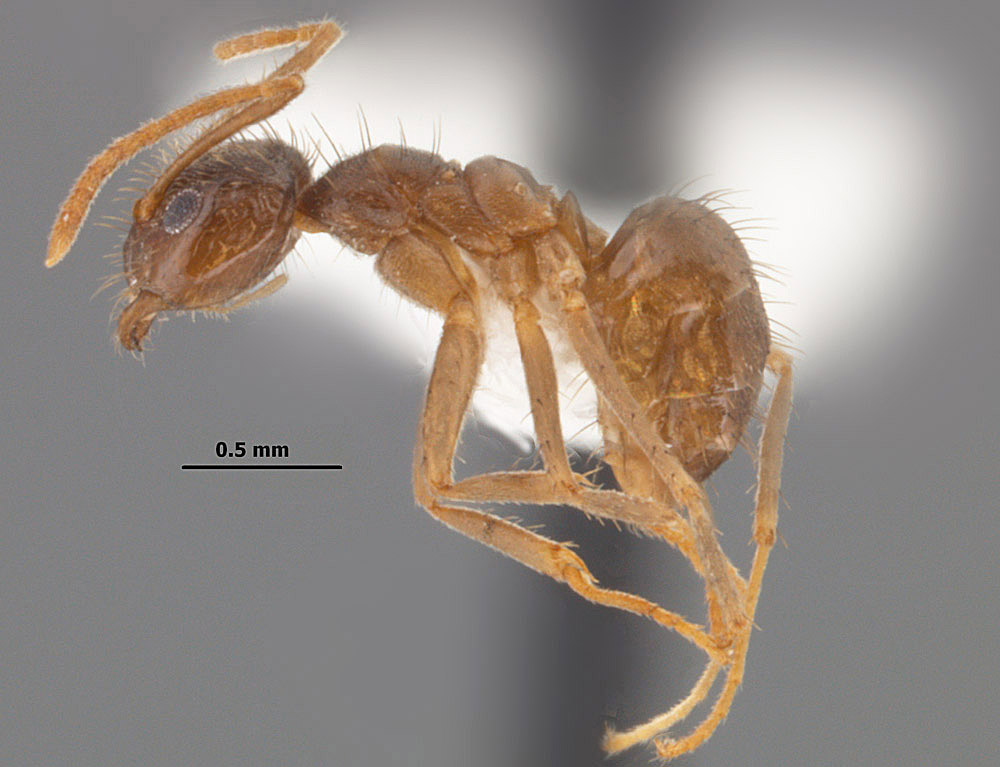

The fungal spores M. nylanderiae infect and kill mad ants.
For the mad ants, the fungus M. nylanderiae is now like a pandemic. Because these ants have a very large population and live in massive colonies resembling human megacities, the rate at which M. nylanderiae spreads in mad ant populations is appalling.
“It shortens the lifespan of worker ants and reduces the ability of larvae to develop adult worker ants“, said Lebrun. “BORsnail growth decreased while mortality increased” would be catastrophic for the ant population.
It has been observed that all populations of mad mad ants with fungal infections experience a sharp decline in populations, usually during winter. Up to 62 mad ant populations were even completely wiped out by M. nylanderiae.
“We’ve been monitoring wild populations of mad ants and seeing that many of them are disappearing – these populations are collapsing and going extinct – which was a big surprise.”LeBrun said.
Biologist Ed LeBrun at the University of Texas is monitoring a nest of crazy ants.
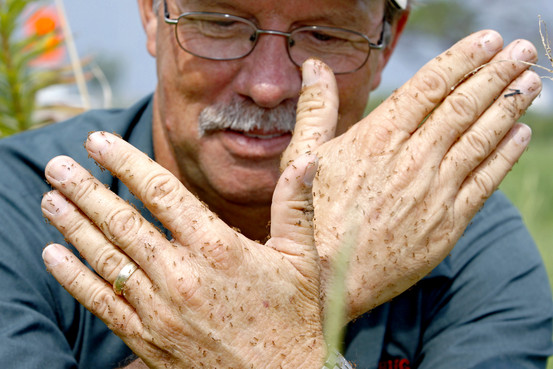
Under the invisible hand of evolution
The appearance of the fungus M. nylanderiae is a testament to the ecological control mechanism, and the harmonious movement of nature. “As soon as you have something that grows to a high density, that very thing becomes a source of energy. And then suddenly they become a potential source of energy for something else to appear.” LeBrun said.
For an invasive species like the mad ant, they can thrive by harnessing energy from the landscape and native species. But just when this species reaches its peak, it can suddenly collapse by the appearance of another species that considers it food.
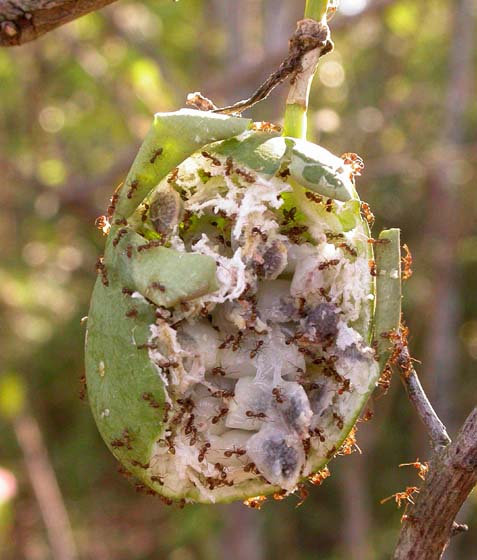
In this case, the Microsporidia fungus infecting other ant species found the mad ants to be an abundant host. They evolved into the new genus M. nylanderiae just to infect this species of ant.
But for the same reason, M. nylanderiae does not infect other ant species. LeBrun did experiments showing that the fungus was only particularly compatible with the mad ant’s genes, which made it more contagious, but only in mad ant populations without affecting native ants and insects other land.
And so LeBrun had an idea, he wanted to use the fungus M. nylanderiae as a biological weapon to control this ant. In one experiment, LeBrun intentionally fused two nests of mad ants, one that was infected with the fungus M. nylanderiae and the other that was not.
He did this by sprinkling sausages between two ant nests so that when they were foraging, they would encounter each other. As a result, the infected mad ant nest was infected. The level of infection has increased exponentially.
Using the same trick, LeBrun released mad ants infected with M. nylanderiae and wiped out the entire population of mad ants in Estero Llano Grande State Park. The native animals, therefore, had the opportunity to return to this park, when the mad ants were wiped out.
LeBrun said the presence of the fungus M. nylanderiae brought “a relief“. At least it showed that crazy populations in the wild have a lifespan. They can’t grow forever.
Anything that explodes is also brutal and is always under the control of an invisible hand from evolution. The crazy ants that once roamed Texas will now have to prey on the fungus M. nylanderiae.
Refer to Wired, Arstechnica
